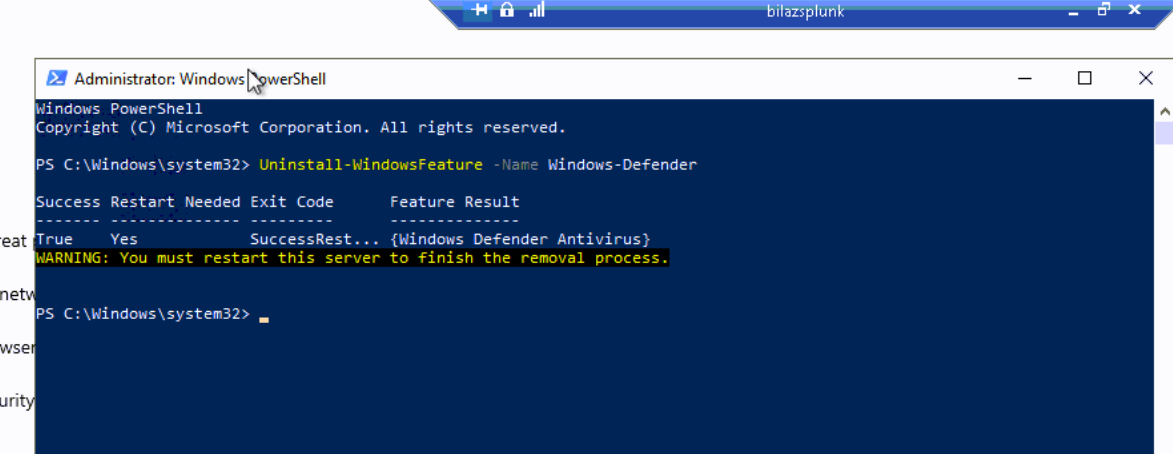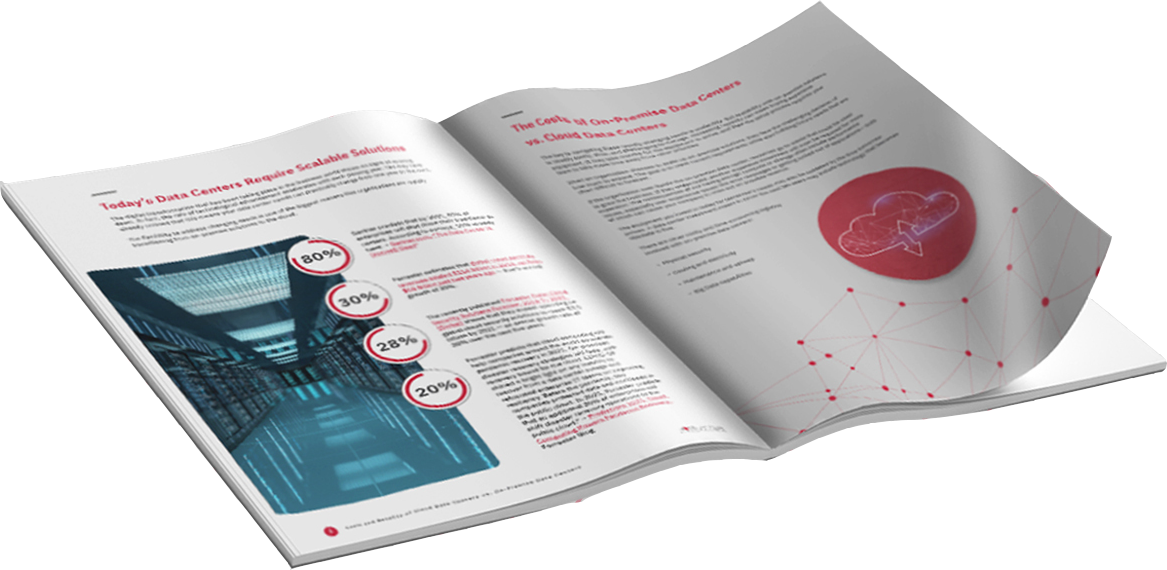
Microsoft Defender Antivirus, formerly known as Windows Defender on all 2008 servers or earlier, is an antivirus protection program that is included with Windows 10. However, unlike other antivirus programs such as McAfee, Microsoft Defender is free and does not require additional installation. Features on Microsoft Defender include protecting your computer against pop-ups, slow performance, and security threats caused by unwanted software.
Although running Microsoft Defender offers a ton of helpful features to keep your machines running smoothly, running more than one antivirus program is relatively counterproductive for your machines. For example, running two antivirus programs simultaneously on a single machine will likely result in conflicts between the antivirus software and cause issues such as failure to intercept system events or each software will attempt to install parallel interceptors which causes the entire computer system to crash.
Here at Rutter Networking Technologies, we often see this conflict when our clients’ virtual machines are running CrowdStrike and Windows Defender at the same time. We found that the most effective resolution to this issue is by removing Windows Defender from the virtual machines and leaving the CrowdStrike antivirus software. This is done by running the PowerShell command, ‘Uninstall-WindowsFeature -Name Windows-Defender’ on each virtual machine. After the command has run successfully, the machines need a reboot and then will be able to run more efficiently with the single antivirus software.

To check on the status of Microsoft Defender on your machine, open PowerShell as an administrator and run the following command ‘Get-AntiMalwareStatus -Scope AllServer | Format-Table -AutoSize’. This command will tell you if Microsoft Defender is enabled on any of your machines. However, if Microsoft Defender is removed, then the status of the antivirus software will read as ‘False’.

At Rutter Networking Technologies, we understand that antivirus protection is built around each company’s needs and possible threats. If you fall under a category of users that does advanced work with cybersecurity, you might consider a dual protection method. With that said, a “dual protection” method can easily go wrong, and the average user would put themselves more at risk, therefore, most users will be fully and safely protected with just a single antivirus software running.
If you have questions about disabling Microsoft Defender, or antivirus software, contact Rutter and we can help you determine the best solution.
FAQs




Comments